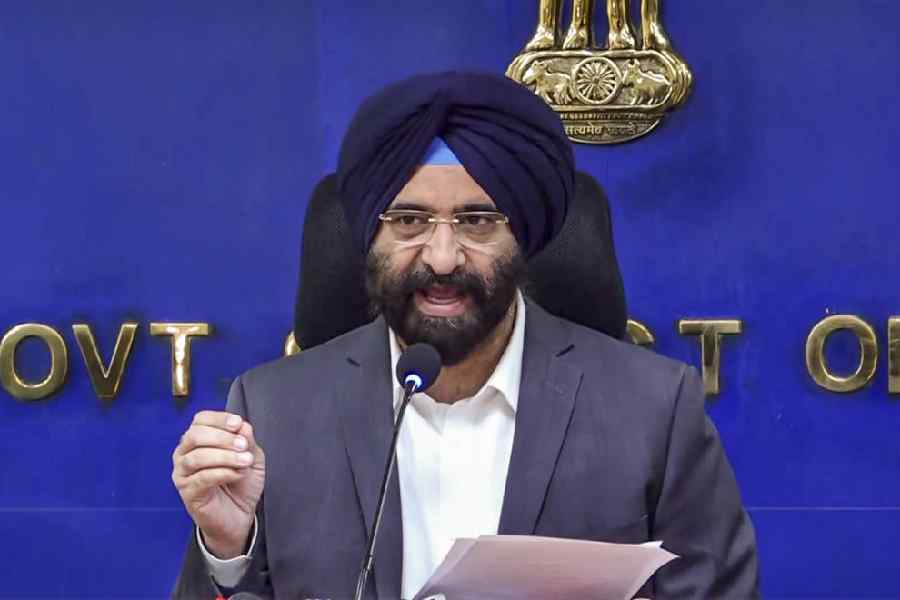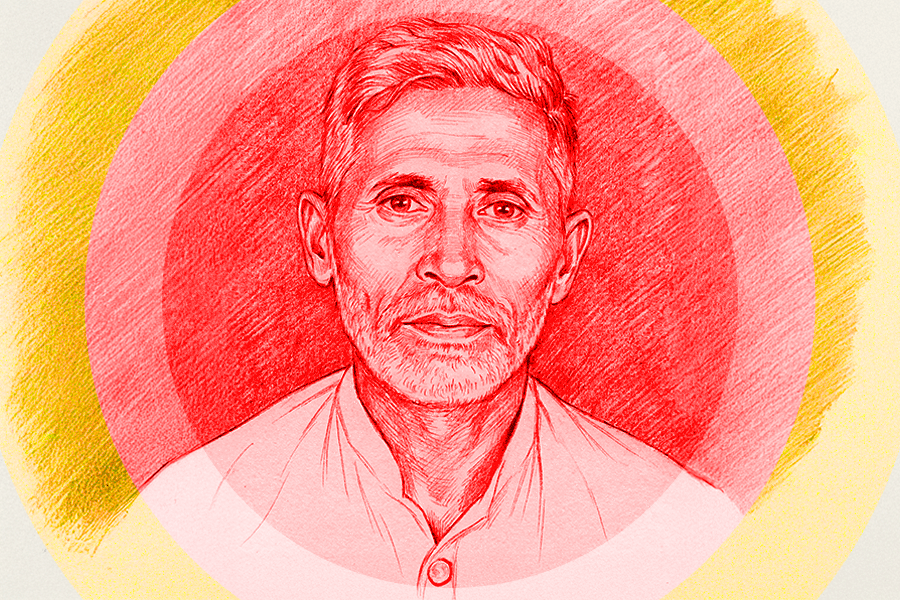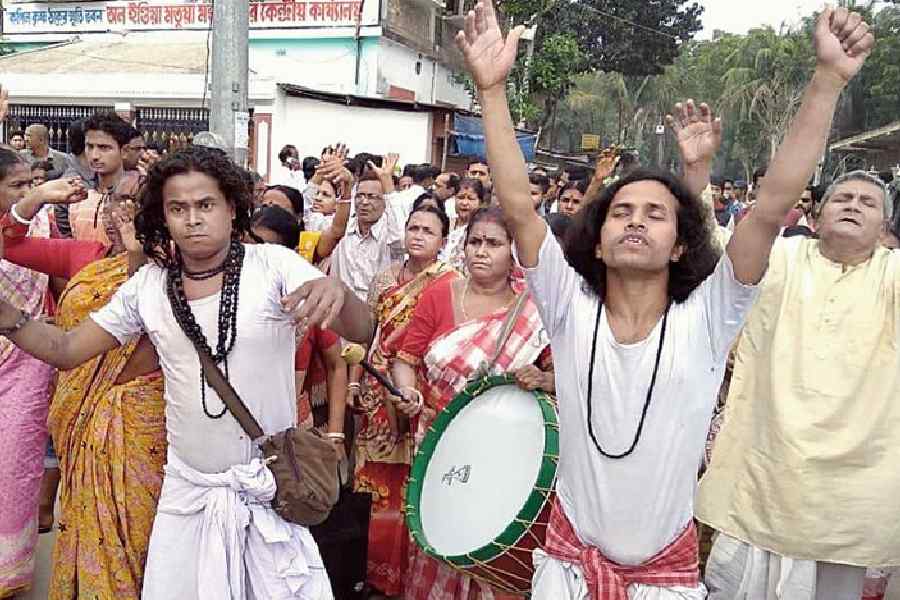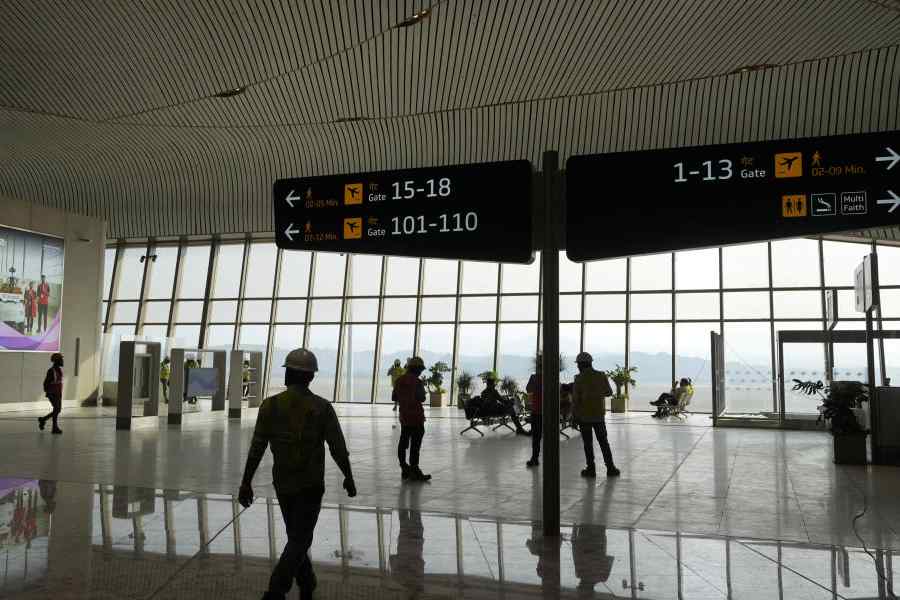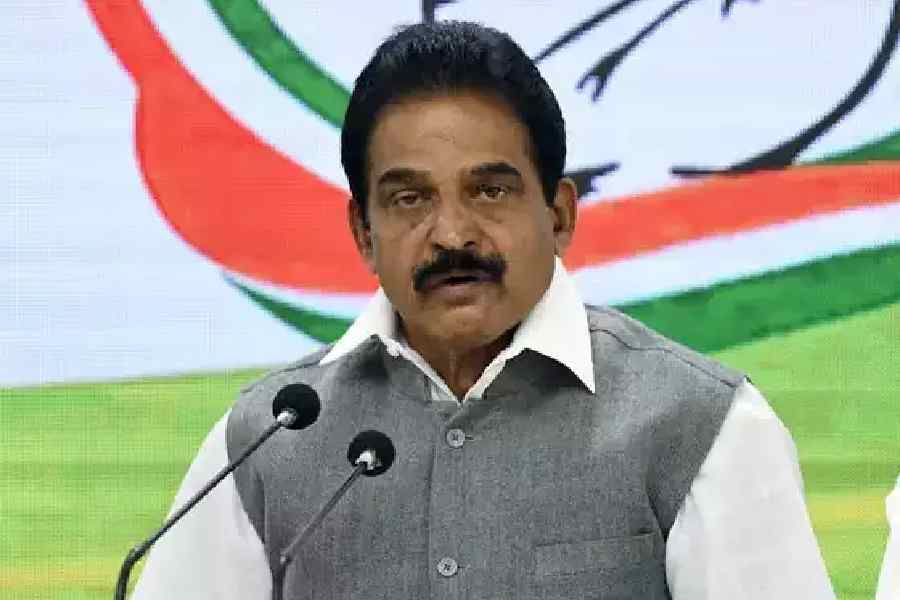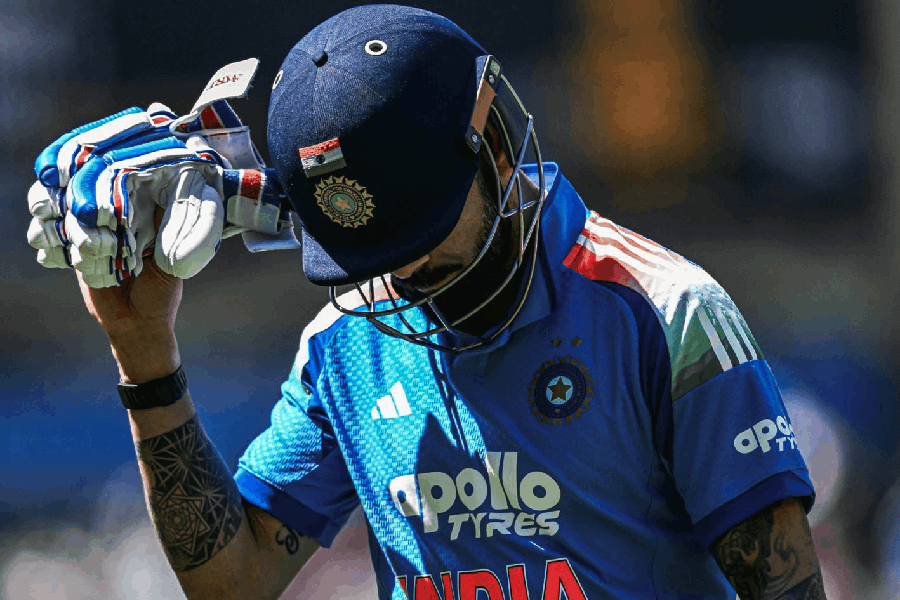 |
New Delhi, Aug. 16: The Narendra Modi government plans to transform the Soviet-era Planning Commission into a Chinese-style National Development Reforms Commission.
The proposed commission will act not only as an economic and human development think tank but also as a body that plans and monitors the implementation of mega projects and industrial areas, liaising with state governments to get the projects up and running within a timeframe.
Modi feels the plan panel — a Jurassic-era relic of the command economy — has outlived its utility in the new age where the larger chunk of the economy is in private hands, and where the State’s role is that of a catalyst rather than a Soviet-style target setter.
“Sometimes it costs more to repair the old house but it gives us no satisfaction. Thereafter, we have a feeling that it would be better to construct a new house altogether and therefore, within a short period, we will replace the Planning Commission with a new institution having a new design and structure, a new body, a new soul, a new thinking, a new direction…,” Modi said in his Independence Day speech on Friday.
The Planning Commission, set up through a government resolution in 1950 when Jawaharlal Nehru was Prime Minister, can be dismantled through an executive order.
 |
The Planning Commission’s primary role was to allocate resources to the Centre and states. But over the years, the states had become disconnected from the central planning process. The panel originally started out by devising five-year plans but over time it became fixated on the breakdown of the plan into annual components — and refused to hunker down for consultations with the states.
Officials said that though Modi had yet not spelt out the contours of the new body he had in mind, he had been seeking inputs to determine what form the entity should take. Sources said he had revealed some of his own ideas during conversations he had had with Planning Commission officials in the past.
The main job of the new body will be to act as a think tank — strategising economic and human development projects like “toilets in every Indian home” and plans to buy up energy assets abroad, and persuading Japanese, Chinese and Korean businesses to shift their manufacturing bases from high-cost China to India.
He would also like the new entity to act like a development bank’s economic planning wing — costing, vetting and monitoring mega-projects such as smart cities, inter-linking of rivers, and building a chain of river ports, international railway lines and expressways linking India with its neighbours and with Southeast Asia.
It would also work in tandem with ministries and states on the nitty-gritty of getting mega-industrial clusters off the ground through effective coordination as well as regional development projects such as those meant to come up in Naxalite-affected states.
The function of allocating monies to fund states’ development plans as additional central assistance or for developing hilly or border areas will go to the finance ministry’s expenditure department.
Such allocations are usually made by central finance ministries in most federal governments around the world, such as Canada, and officials feel that the Planning Commission would be better off shedding this responsibility.
During his visits to China, Modi had interacted with the Chinese development reforms body and was apparently impressed by what he saw.
His new development body will be loosely based on the Chinese model but with some subtle differences. Unlike the Chinese body, it will not do any strict target-setting though it will give indicative targets on diverse issues like electricity generation and the amount of coal that ought to be mined.
It will monitor macroeconomic and social development trends and provide forecasts, warning and information guidance. Though this will mean, in some senses, replicating the work of the chief economic adviser in the finance ministry, officials say it would have a “broader perspective and fit in with Modi’s scheme of getting advisory inputs on an issue from multiple sources”.
The issue of reforming the Planning Commission after India’s initial burst of reforms in the 1990s had been raised in Parliament during the short-lived United Front government and then during the NDA rule. The Planning Commission was seen as a convenient parking slot for politicians waiting for better appointments and have-been bureaucrats. But it continued to have some utility for the government of the day.
Many chief ministers, including Modi, have sparred with the plan panel while finalising their annual plans. They were resentful that the officials of the plan panel were caught in a time warp and adopted a patronising air reminiscent of the Nehruvian era and didn’t seem to be working with the state governments to resolve funding tangles and seemed to be more intent in nit-picking with the states’ plans.
Officials said Modi had at many meetings emphasised that the plan body needed to “interact with his officials through the year to work out development plans and streamline central clearances for ambitious port and highway projects”. It was obvious that Modi felt the centralised planning model first mooted by P.C. Mahalanobis was a relic that India could well do without.


